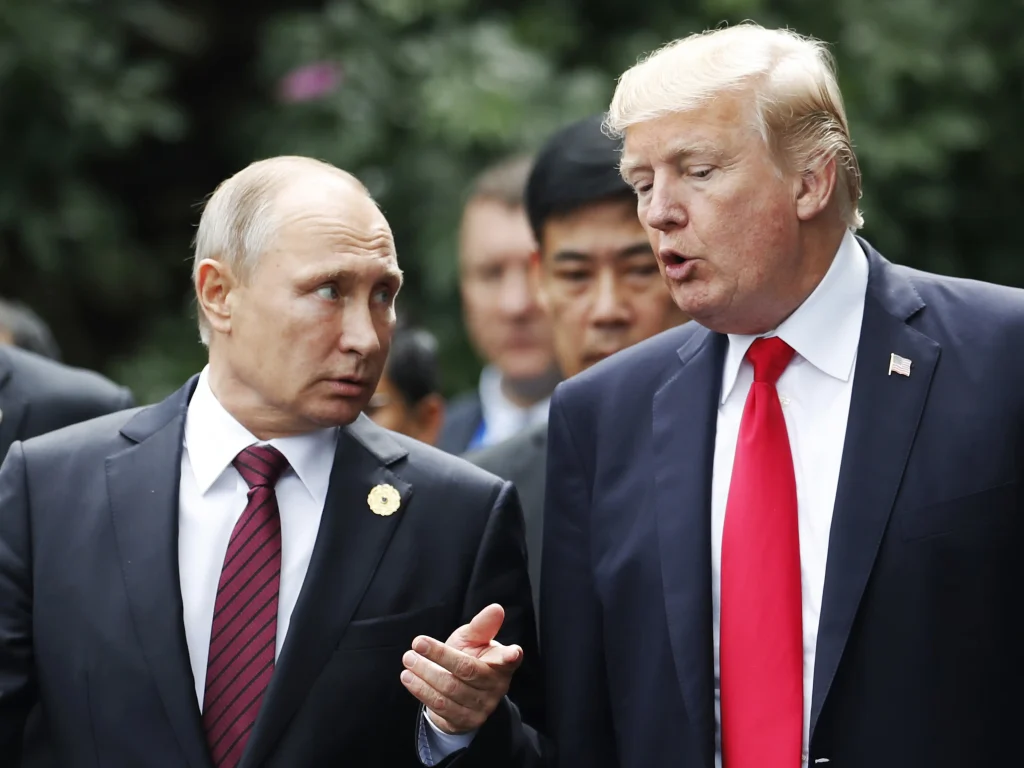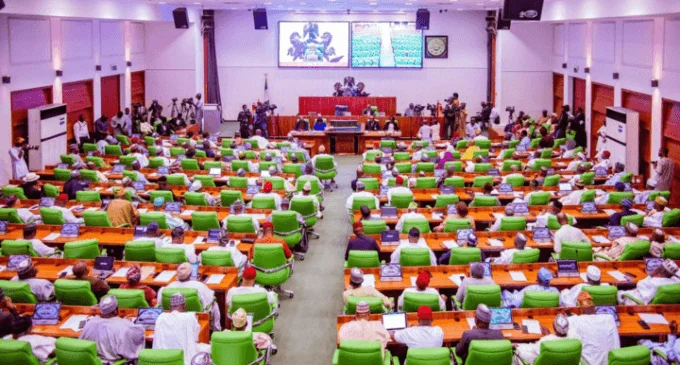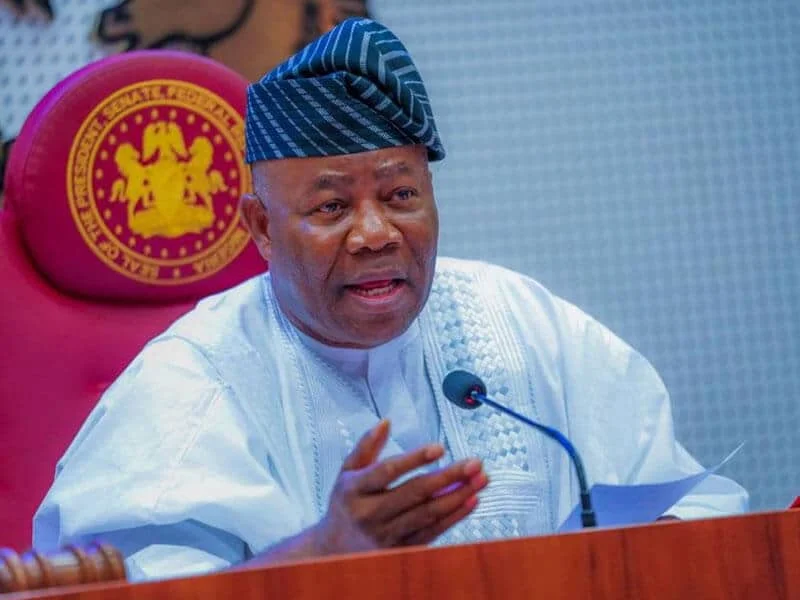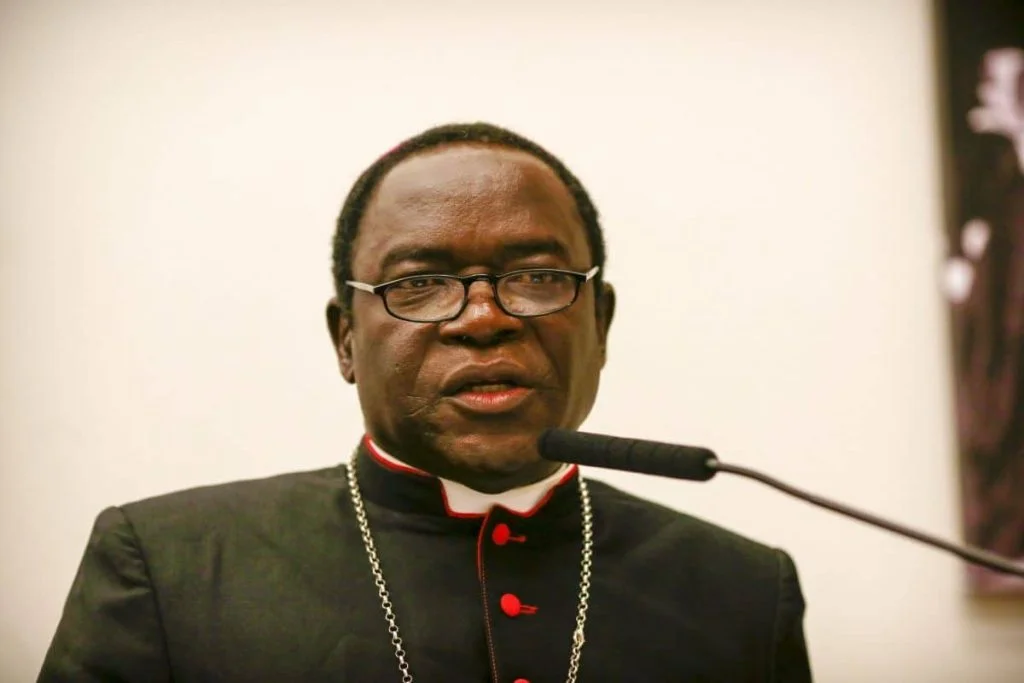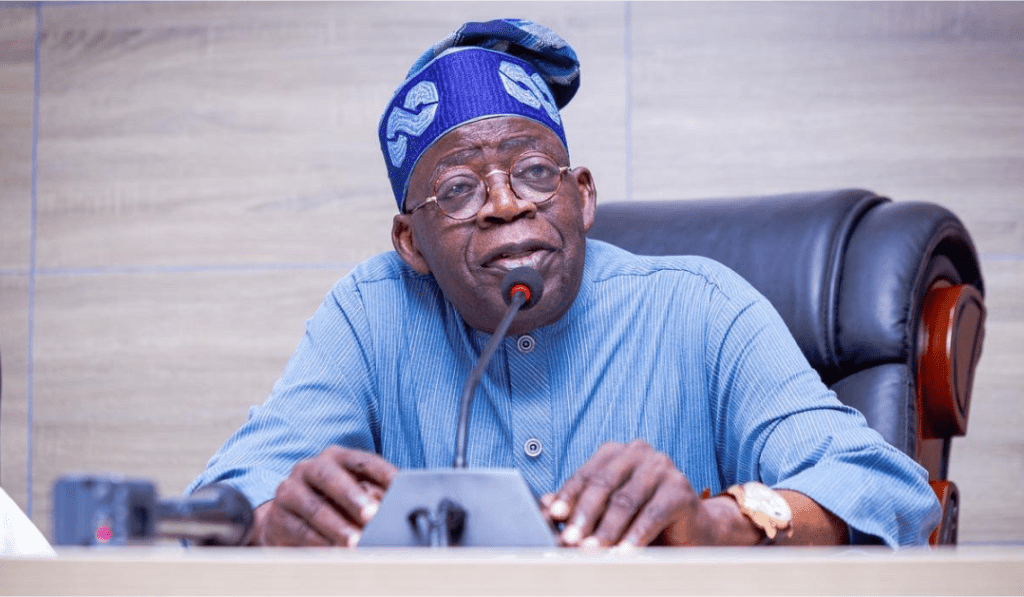In a dramatic escalation of diplomatic pressure, U.S. President Donald Trump has issued a 50-day ultimatum to Russian President Vladimir Putin, threatening crippling tariffs and sweeping secondary sanctions if Moscow fails to end hostilities in Ukraine. Speaking at a press briefing on Monday, Trump warned that unless the Kremlin takes concrete steps toward peace within the deadline, the United States will impose unprecedented economic penalties aimed at undermining Russia’s war capabilities.
Trump Declares “Enough Is Enough”
“Putin is all talk,” Trump asserted during the press conference. “We will no longer tolerate attacks on Ukrainian civilians or the ongoing destabilization of Europe. If peace isn’t achieved within 50 days, Russia will face tariffs like never before.” Trump made it clear that his administration would not stand idly by as the war drags on, vowing to confront the Russian government with powerful economic tools.
The president emphasized that his administration would introduce what he termed “very severe” secondary tariffs, potentially as high as 100%, on key Russian exports. These penalties, he said, would serve as both a punishment for continued aggression and a deterrent against further military escalation in Eastern Europe.
NATO and U.S. Reinforce Ukraine’s Defenses
As part of a wider strategic effort to contain Russian aggression, Trump also announced a significant increase in military assistance to Ukraine. This support, he explained, would be provided in collaboration with NATO allies, many of whom would help finance and coordinate weapons transfers to Kyiv.
Standing beside Trump during the announcement, NATO Secretary-General Mark Rutte voiced strong support for the initiative. “This move ensures that Ukraine receives the defense capabilities it urgently needs while allowing European allies to directly contribute to peace and stability in the region,” Rutte said. He described the move as a bold signal of NATO’s renewed unity and commitment to deterring further aggression.
Trump went on to stress that rising defense spending among NATO countries—long a contentious topic during his first term—would now serve a critical purpose. According to him, stronger military investments across Europe would send a clear message to Moscow and help establish lasting peace.
Tariffs to Target Russia’s Economic Lifelines
The tariffs Trump outlined would focus squarely on several of Russia’s key export categories. Specifically, the United States would impose 100% tariffs on Russian fertilizers, inorganic chemicals, and nuclear materials—commodities that have historically formed a significant portion of the bilateral trade between Washington and Moscow.
Before the full-scale invasion of Ukraine in 2022, U.S.-Russia trade was valued at over $36 billion annually. However, those figures have since plummeted, with trade now representing less than 10% of pre-war levels. Trump argued that by sharply increasing the cost of Russian goods in the American market, the Kremlin would face additional financial strain that could weaken its war machine.
Moreover, Trump asserted that these measures would not only impact Russia directly but also ripple across international markets, particularly in sectors heavily dependent on Russian raw materials.
Why Secondary Sanctions Matter
While the proposed tariffs could cause disruptions in Russia’s trade with the United States, Trump admitted they might not be sufficient on their own to deliver a knockout blow to Russia’s economy, which remains resilient with a GDP estimated at $2.4 trillion in 2024. To amplify the economic pressure, the Trump team plans to introduce secondary sanctions targeting third-party countries and companies that continue to facilitate Russian trade, especially in the energy sector.
According to Trump, these secondary sanctions will primarily target NATO member states and allied countries that have not yet fully eliminated their reliance on Russian oil and gas. “We can no longer allow our partners to indirectly fund a war that endangers the entire continent,” he said. “There must be consequences for enabling Putin’s aggression.”
A White House spokesperson clarified that any nation or company found to be skirting energy sanctions or purchasing Russian fossil fuels at discounted rates could face severe penalties, including being cut off from the U.S. financial system.
Economic Stakes and Strategic Implications
Energy analysts estimate that Russia still earns over $300 billion annually from oil and gas exports. Astonishingly, nearly one-third of that revenue reportedly comes from trade with NATO countries—despite existing sanctions and embargoes. Fossil fuels alone account for over 60% of Russia’s total exports and roughly a third of its government’s annual income.
Experts believe that if Trump follows through on his threats and other Western countries align behind him, the combined pressure could significantly reduce Moscow’s ability to sustain its military campaign in Ukraine. “Russia’s war machine runs on oil and gas dollars,” said international sanctions expert Lydia Marshall. “If those revenue streams are disrupted, the Kremlin will face increasingly difficult decisions.”
However, she also warned that enforcement would not be easy. “Russia has become adept at bypassing sanctions through shadow fleets, third-party intermediaries, and creative banking arrangements. Making sanctions effective will require rigorous monitoring and international cooperation.”
Is This About Real Reform or Political Theater?
Trump’s bold stance has already drawn mixed reactions from policymakers and analysts alike. Supporters see the plan as a long-overdue hardline response to Russian aggression that has destabilized Eastern Europe and caused immense civilian suffering. They argue that Trump’s use of economic tools—rather than more military entanglement—offers a strong, non-combative path to peace.
Critics, however, question whether the move is primarily political, pointing out that many of the proposed actions mirror existing policies already in place under the Biden administration. Others suggest Trump’s focus on punishing Russia may overshadow more urgent domestic economic concerns, especially as inflation and energy prices remain high in the United States.
Enforcement, Execution, and the Road Ahead
Whether Trump’s ultimatum to Putin will bear fruit remains to be seen. The Kremlin has yet to formally respond to the proposed tariffs and sanctions, although Russian officials have previously downplayed Western economic threats.
Internationally, Trump’s proposal may also face challenges in getting full support from NATO members, many of whom are cautious about triggering further escalation. Still, the former president appears resolute.
“This isn’t just about Ukraine—it’s about the future of global peace,” Trump declared. “If we allow this aggression to stand unchecked, we invite even greater chaos. That’s why we’re acting now, and we expect results within 50 days.”
As the clock ticks toward the 50-day deadline, the world will be watching closely to see whether Putin blinks—or if Trump’s tough talk turns into tangible economic action.

